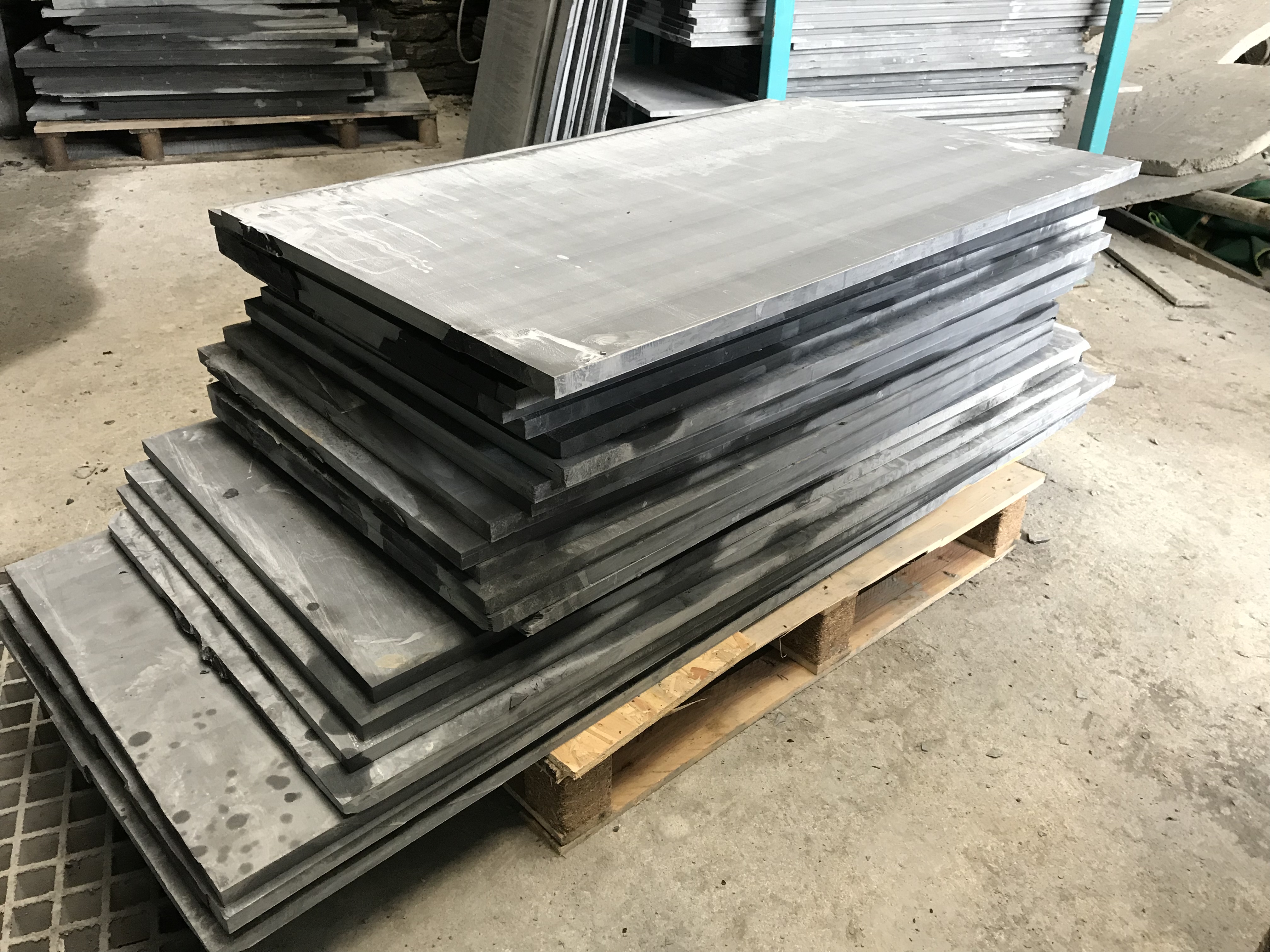

- #Blank slate how to#
- #Blank slate full#
Now let’s go over some examples of how you can apply the above.

The longer it takes to collect or add data, the longer it will take for the user to experience value.
Add demo data for more complex apps: For complex apps, demo data helps to set the right expectations. This will give the user an idea of how other people are using your product, and how they can too. Use a sample screenshot: Displaying a sample screenshot from a project shows the product in action. These could be with microvideos, tooltips, or modals. Insert quick tutorials: Instead of leaving users on their own, guide them with tutorials. Showcase your product and set expectations: if your product is a video tool, then creating an onboarding video with your product is a great idea to showcase your tool and trigger an Aha moment for the user. These, in turn, will drive a higher retention rate.īut what can you include on an empty state screen? Here are four things to consider: Take advantage of the blank slate to showcase your product and set expectations, reduce user frustration, and decrease time to value. What should you include on a blank slate to avoid empty screens? #Blank slate full#
This boring approach leads to users getting confused before experiencing the full product value. At a glance, you can tell it lacks visual elements and does not provide a clear direction for users to proceed. To understand this better, take a look at this screen from LinkedIn. This usually happens when a user logs in to your product for the first time and there is no data in the platform to fill specific web pages.
Want to create a better product experience code-free? Book a demo call with our team and get started today!Ī blank slate UI is an empty screen or white canvas in the default state of a web app. Use a simple checklist to encourage users to take action. 
Break down tasks into smaller actions with checklists.Instead, use it to direct your users to take one action. Avoid cluttering your blank slate UI with unnecessary elements.Include a warm, friendly message on your welcome screen to welcome new users and get them started, like Slack.Use a blank slate design that prompts a user to take a specific action.
 Add demo data to populate the interface of a complex app with use cases. A sample screenshot gives a user an idea of how other people are using the product. Insert quick tutorials like microvideos, tooltips, or modals to guide users in-app. Use a blank slate to showcase your product in action and set expectations. Here are a few things to keep in mind when designing them: Take advantage of a blank slate to showcase your product, reduce frustration, and decrease time to value for a higher retention rate. A blank slate UI is the term used to describe the default state of an app or website that has no data.
Add demo data to populate the interface of a complex app with use cases. A sample screenshot gives a user an idea of how other people are using the product. Insert quick tutorials like microvideos, tooltips, or modals to guide users in-app. Use a blank slate to showcase your product in action and set expectations. Here are a few things to keep in mind when designing them: Take advantage of a blank slate to showcase your product, reduce frustration, and decrease time to value for a higher retention rate. A blank slate UI is the term used to describe the default state of an app or website that has no data. #Blank slate how to#
In this article, we’ll show you why designing engaging first-time experiences is important, how to apply this to your product’s empty state and some of the best examples out there, to inspire you. Getting users started on a blank slate is a great way to go, but if designed badly, it could lead to poor user experience and overall confusion.Īdd the right UI elements and it becomes an effective way to communicate your product quickly. Can you UX designers improve your product’s blank slate UI design and drive more engagement?








 0 kommentar(er)
0 kommentar(er)
